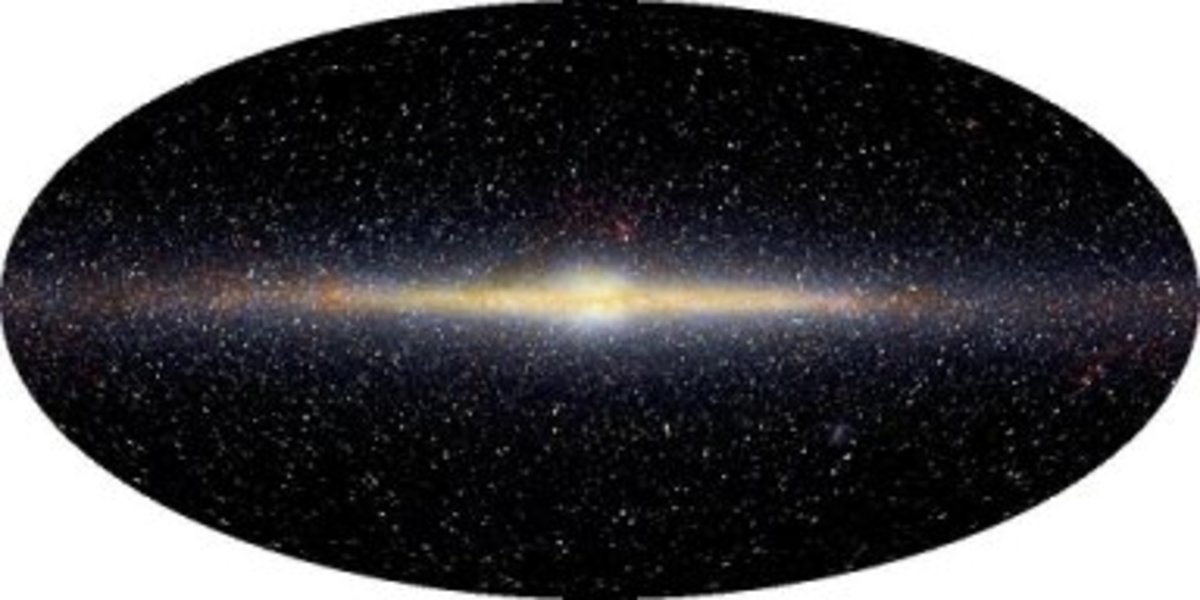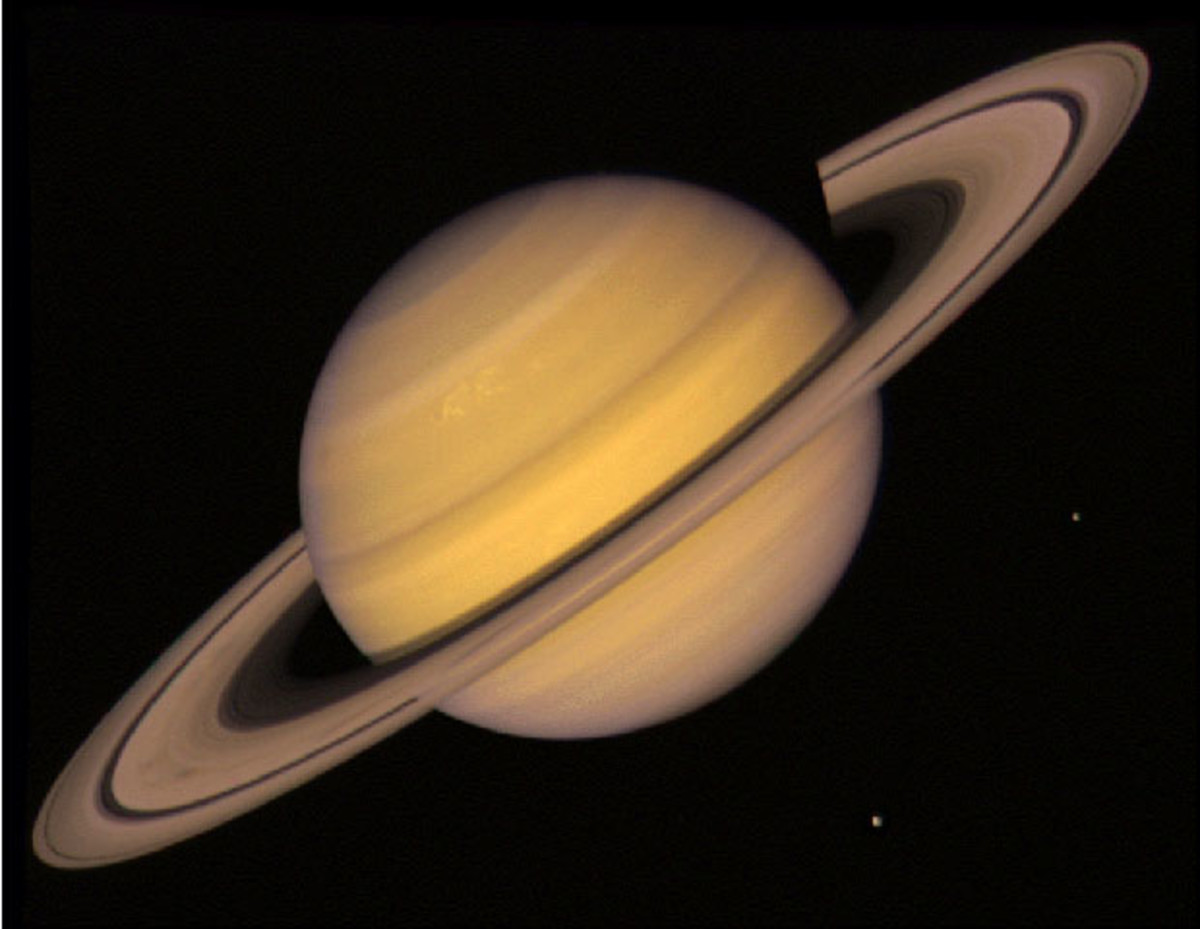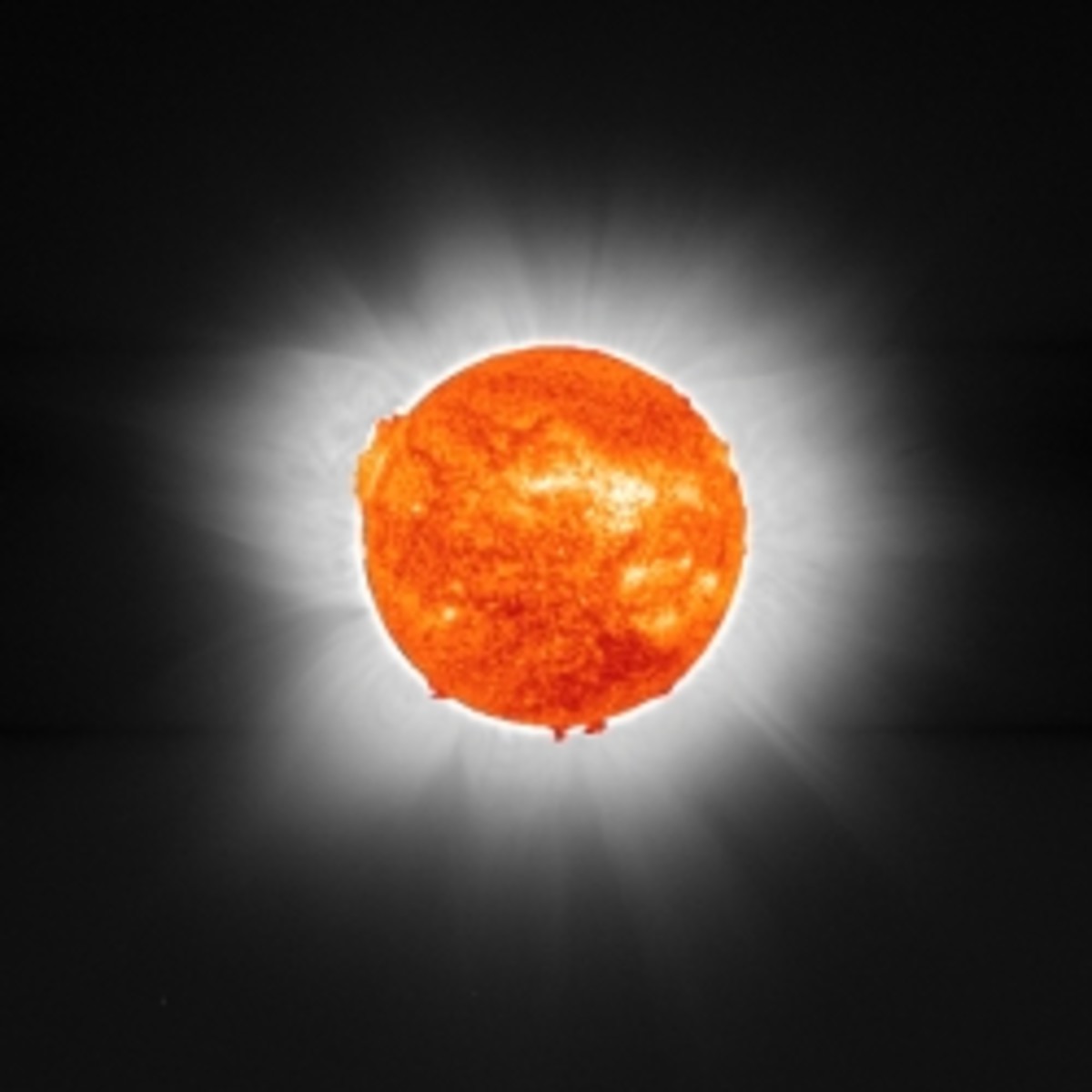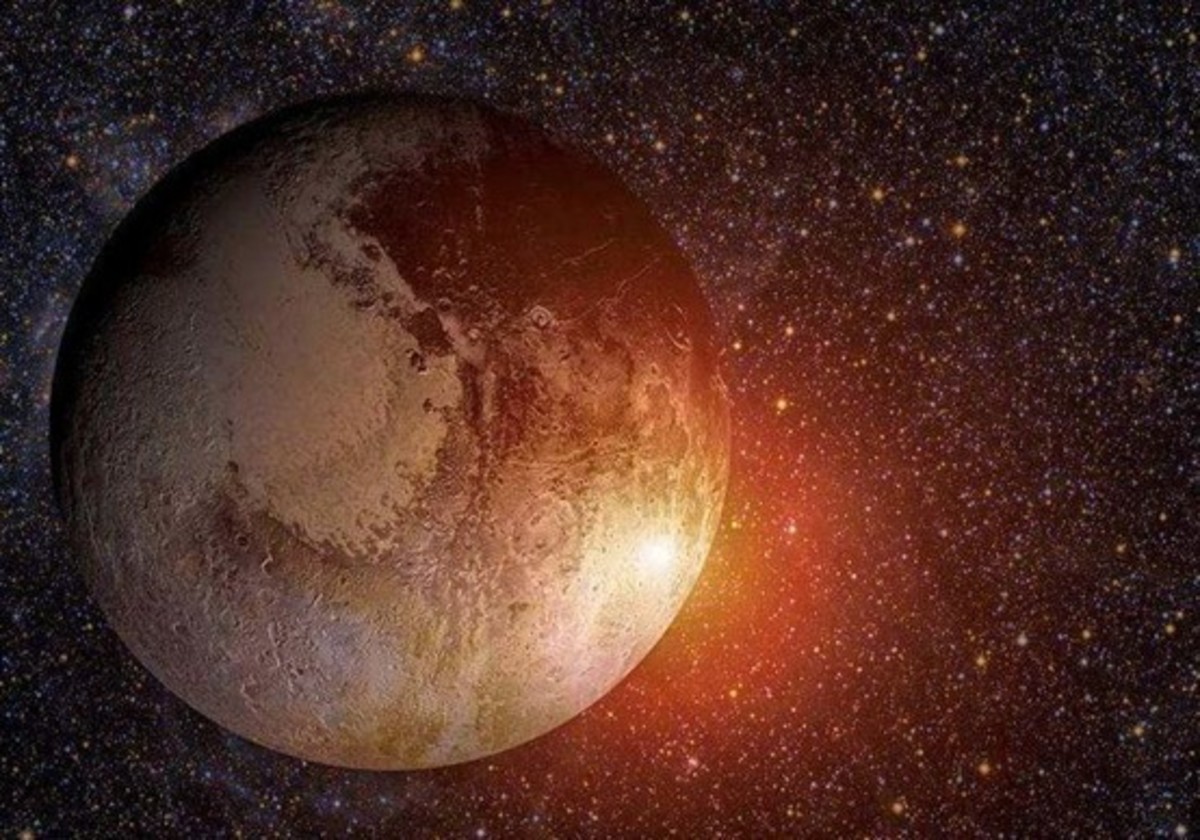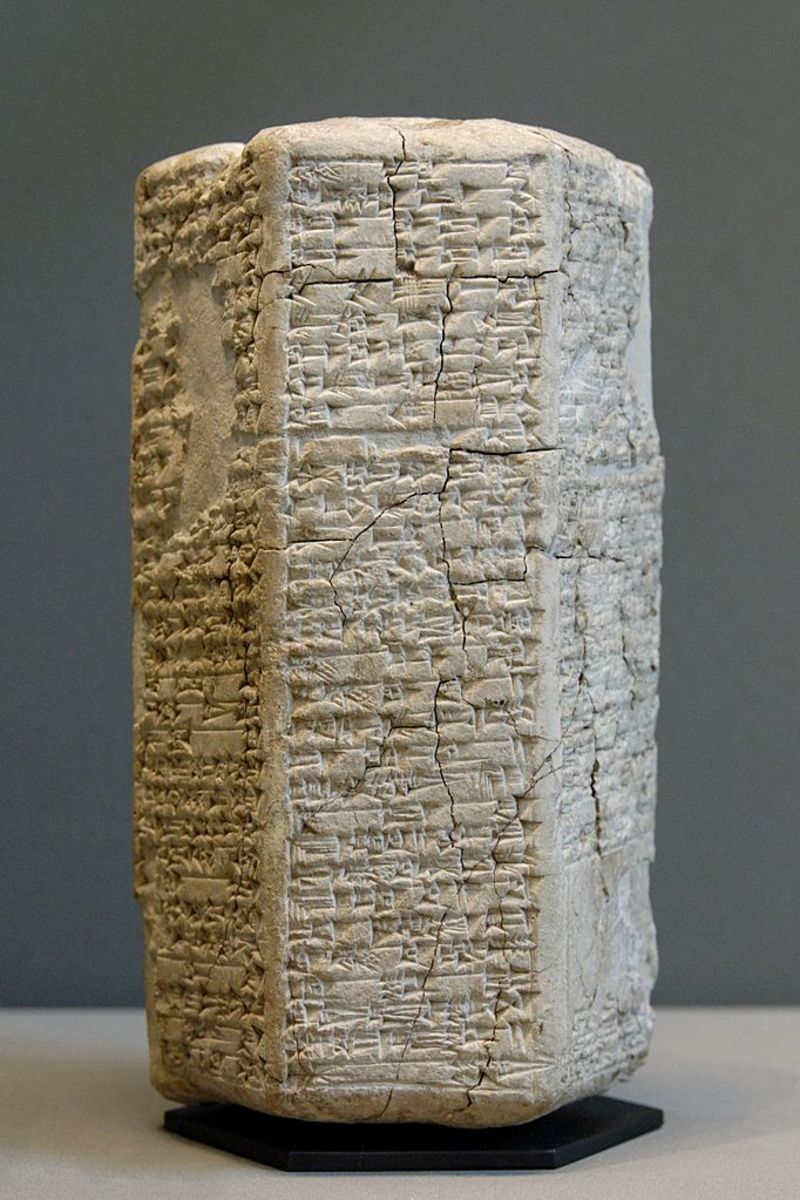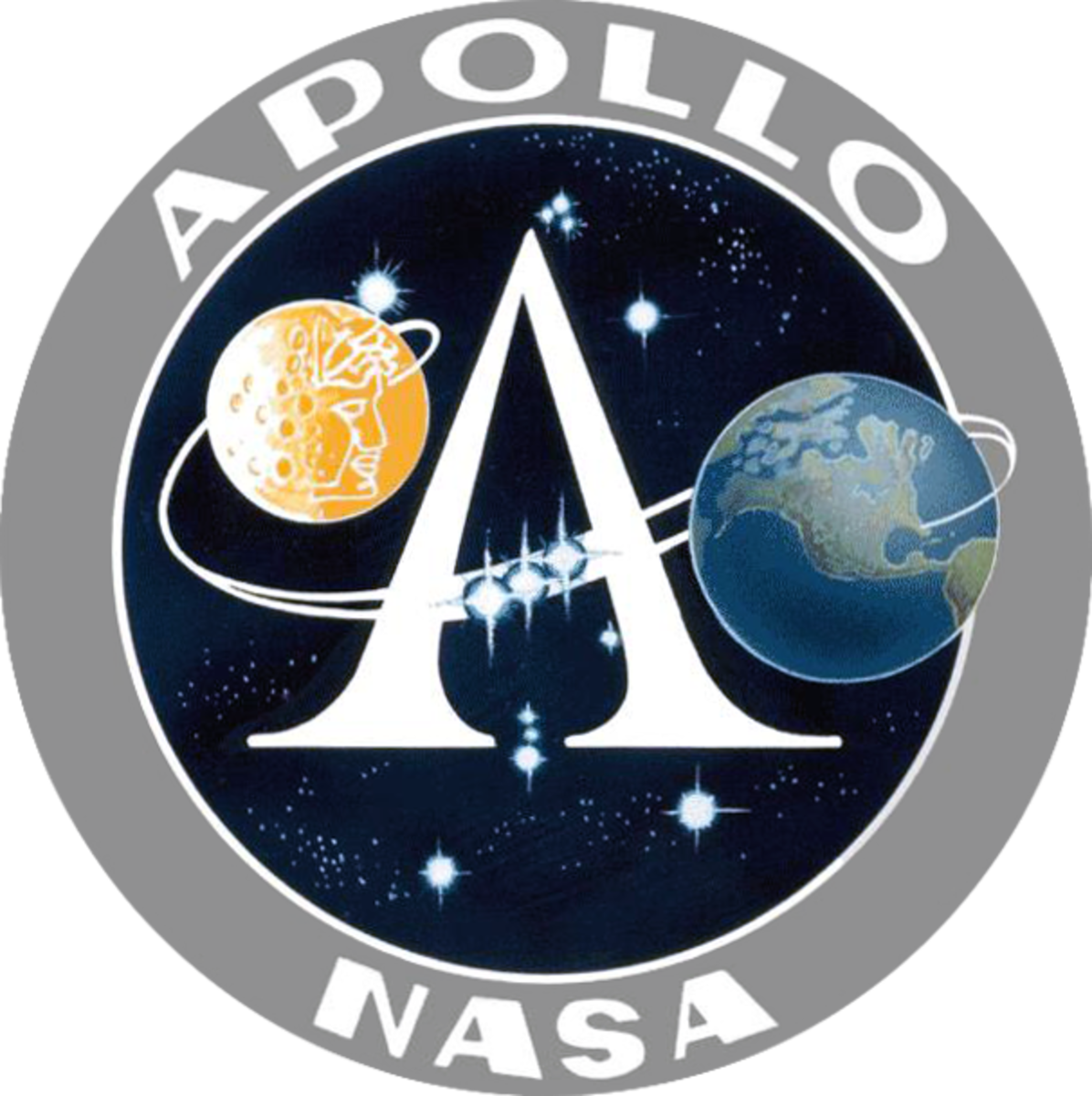Mr. Gibbs Explains How to Land on Sun
Today Mr. Gibbs wrote a really informational comment on my hub, Landing on Sun - Is it Impossible? which I thought to publish and share over here, so read on this interesting hub on how to land on sun. The first objective would be to land an unmanned craft on the Sun and send back pictures and data. Getting through the Corona is the first obstacle, as this is a layer of gas with a temperature of 1-3 million Kelvins. Sending some satellites ahead of time to monitor the Corona could provide clues as to where the temperature is the coolest, the gas is least dense, and where prominence activity is projected to be at a minimum. The spaceship would need to be made of several hundred layers of heat-resistant material such that they could burn away individually during the crossing of the Corona. An internally-generated magnetic field is also necessary to minimize the impact of the high-energy plasma which will be encountered. Once the Corona crossing is complete, it is now necessary to attempt to land on the surface of the Sun. Assuming the craft is made of tantalum hafnium carbide (THFC), which has a melting point of 4488 K, it would need to have a large enough volume to displace an equivalent amount of hydrogen in order to allow it to "float" on the surface of the Sun. The gravity of the Sun is around 28 Gs, so significant counter-thrust is required in order to keep the craft from disintegrating upon impact. To avoid exceeding the melting point of the THFC shell, it may be desirable to land on a sunspot. This has its own drawbacks, as sunspots are believed to be responsible for solar flares, thus it may be better to land in a warmer section of the photosphere. Once a "safe" touchdown is achieved, it is now necessary to transmit data to the monitoring satellites for relay back to Earth.
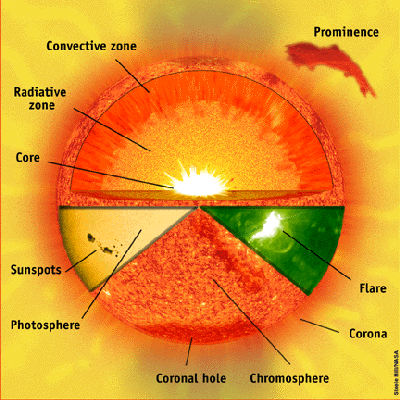
There are a host of issues, which must be dealt with, the first is radio interference. The intense magnetic field and strong electric currents produced by the Sun and its plasma particles will drown out almost any form of RF communications. Unless there is a null in the spectrum which can be exploited, it would be necessary to communicate using some sort of non-local quantum "action-at-a-distance" apparatus. The other problem has to do with the measuring instruments themselves. They need to be constructed from a material such that they do not melt or sublime, yet are still able to collect the necessary data. If picture taking is desirable, then it is also necessary to find a transparent material capable of withstanding the high temperatures and pressures. Transparent alumina has a melting point around 2300 Kelvins. Perhaps the on-board magnetic field generators could deflect the plasma away from the craft long enough for the THFC shields to be lowered such that the camera could take some snapshots through the transparent alumina windows, but this would need to be completed quickly before any heated matter were to come in contact with the windows and cause them to melt. The transparent alumina could be made sufficiently thick to withstand the crushing pressures of the Corona. However, care must be taken to ensure that the index of refraction is not adversely affected such that the images are unrecognizable, although this could be corrected to a degree using optical transforms.
Circuit integrity is also a major concern. The intense magnetic fields and electromagnetic radiation would destroy any electrical components in use aboard the craft. Optical circuitry would need to be used for all computers. Sample collection would also present its own challenges. Assuming a suitable confinement chamber existed on-board the craft, it would be necessary to use a "shovel" made of THFC, along with magnetic confinement to keep the plasma from coming into direct contact with the sides of the chamber itself.
Assuming the craft has survived and completed all of the objectives stated above, if it is intended for the craft to lift off of the Sun and return to base, there are a host of other difficulties which remain. First, the craft must lift-off from within a 28 G gravitational field. The thrust required for this would be significant. Assuming there are enough layers remaining to survive a return trip through the Corona, this return crossing must also be completed at breakneck speed. Once out of the Corona, additional thrust is necessary to reach the escape velocity necessary to keep from being pulled back into the Sun. To complicate matters further, the intense gravitational pull of the Sun also deforms the space-time continuum substantially, such that escaping from the gravity well requires much more thrust than would be predicted by classical Newtonian physics. This distortion creates significant complications as far out as the orbit of Mercury, so one can imagine how much more pronounced these effects are when lifting off directly from the Sun itself. Perhaps a better alternative would be to enclose the specimen in an escape pod, deploy a rail gun while on the Sun's surface and fire the escape pod into solar orbit. Obviously, the G-forces will be impractical for humans to endure, but this would provide a way for the samples to be recovered and used elsewhere.
Given the monumental difficulties of simply landing a robotic craft on the surface of the Sun and transmitting data, it's safe to say that, given today's technology, it would be impossible to land humans on the surface of the Sun and return them safely to Earth. Through genetic engineering and species adaptation, it may be possible to create a race of beings which are capable of withstanding the temperatures, pressures, G-forces, and intense electromagnetic radiation levels which exist on the surface of the Sun and are thus capable of inhabiting floating colonies on its surface. The development of wormholes and teleportation could allow humans to make brief visits to the inside of the solar colony for no more than 10-20 seconds at a time. The G-forces would make it nearly impossible for any useful work to be done while there. Looking out the windows would probably result in instant blindness, but the intense doses of gamma radiation would probably cause death before this occurred. That said, human solar exploration is definitely out of the question, but under the right set of circumstances, a robotic mission could be a theoretical possibility.

